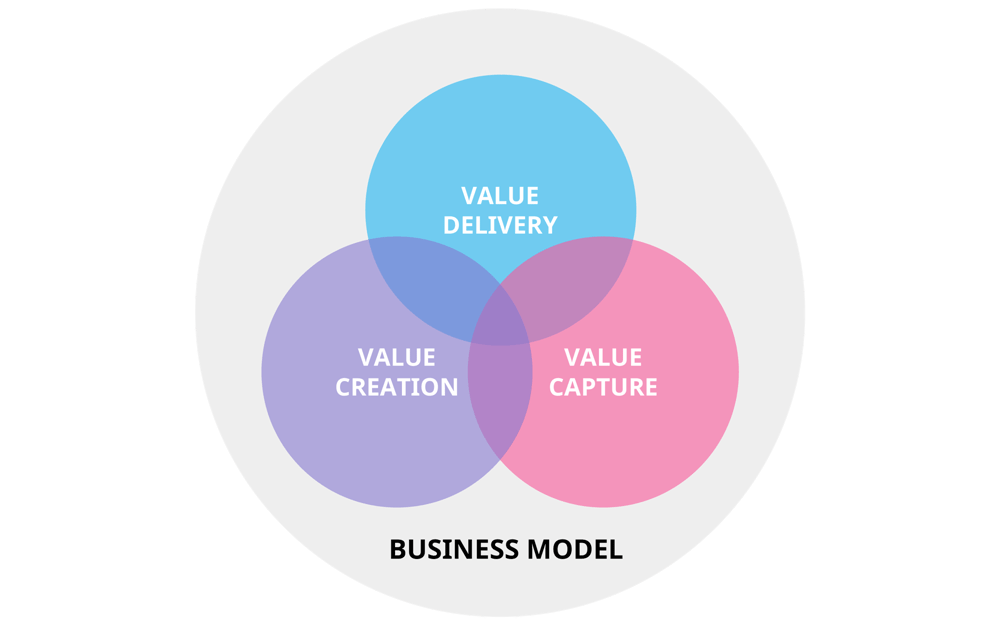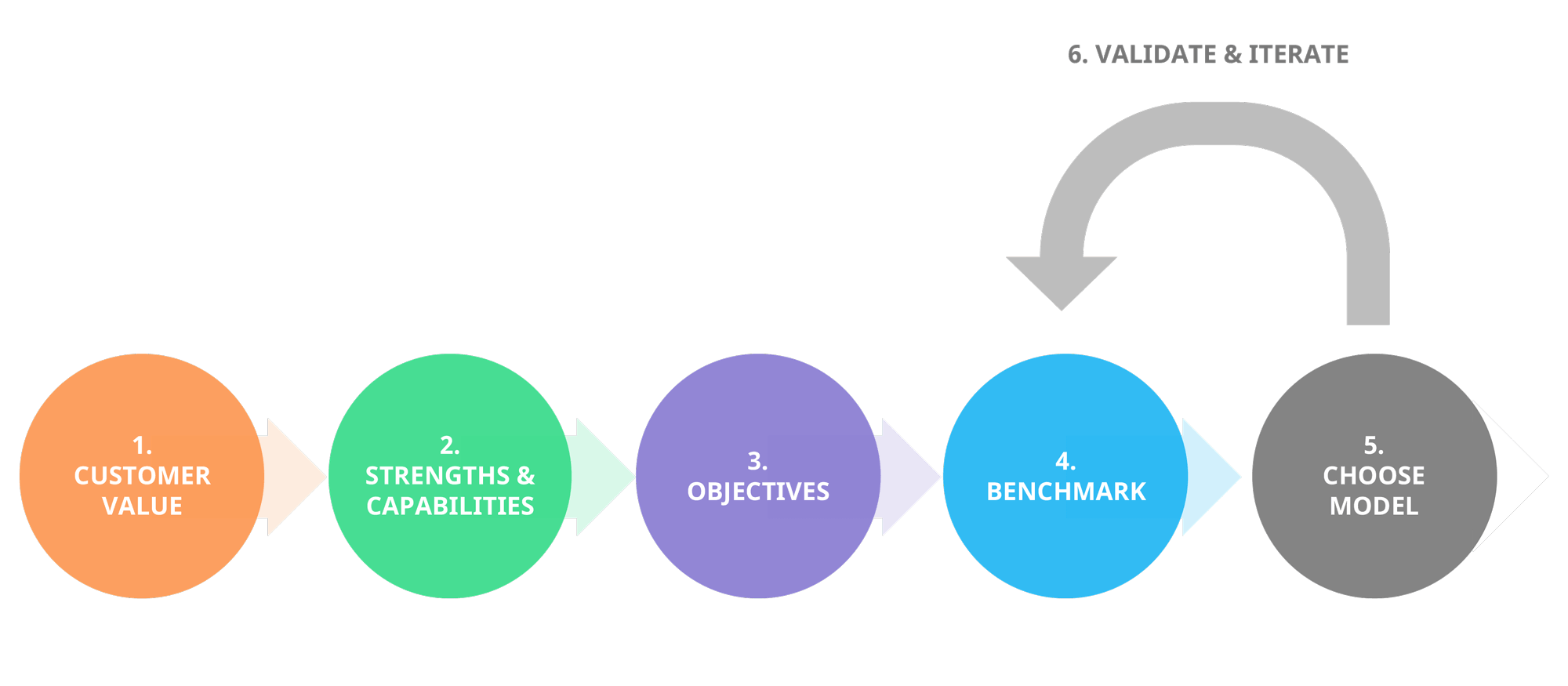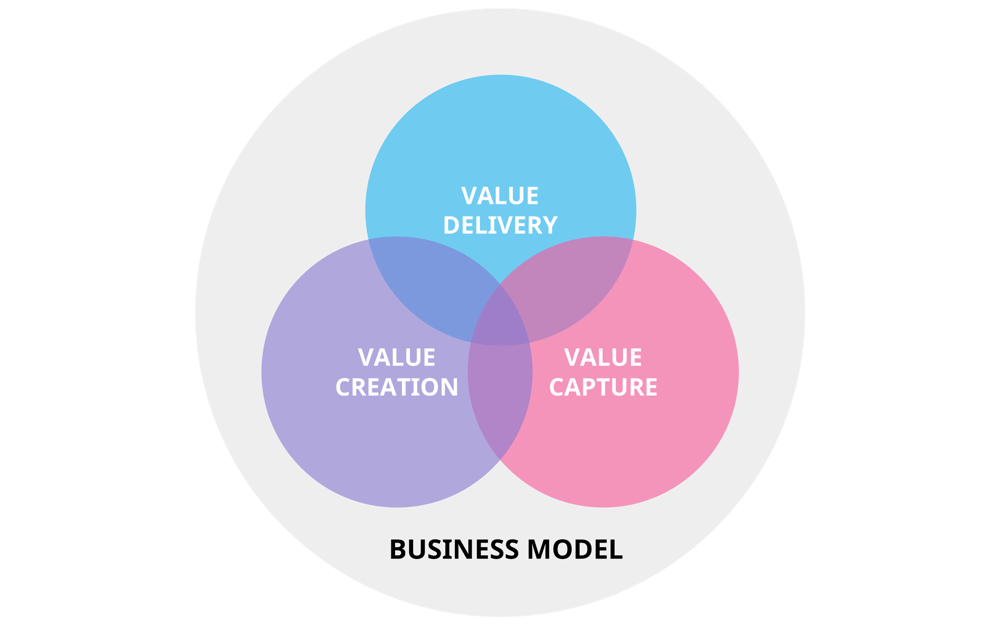Business Model Innovation: Unlocking New Opportunities for Growth
In today’s rapidly changing business landscape, business model innovation has become a crucial element for companies looking to stay competitive and relevant. It involves rethinking how a business creates, delivers, and captures value. This article explores the concept of business model innovation, its importance, key components, and strategies for effective implementation.

What is Business Model Innovation?
Definition of Business Model Innovation
Business model innovation refers to the process of fundamentally changing the way a business operates to provide new value to customers and achieve competitive advantage. This can encompass alterations in various aspects of the business, including the products or services offered, the target market, revenue streams, and the methods used to deliver value to customers. According to a report by the Harvard Business Review, successful companies often achieve significant growth by innovating their business models rather than solely focusing on product innovation.
Importance of Business Model Innovation
The significance of business model innovation cannot be overstated. Here are several reasons why it is essential for businesses today:
- Adaptation to Market Changes: As consumer preferences and market conditions evolve, businesses must innovate their models to meet these new demands. For instance, the COVID-19 pandemic forced many companies to pivot their operations, leading to new delivery methods and service offerings.
- Increased Competitive Advantage: Businesses that successfully innovate their models often find themselves ahead of competitors, allowing them to capture market share and enhance customer loyalty.
- Sustainable Growth: Innovation fosters a culture of continuous improvement, which is critical for long-term sustainability. Companies that embrace innovation are better positioned to explore new revenue streams and market opportunities.
Key Components of Business Model Innovation
Understanding the fundamental components of business model innovation can help organizations effectively innovate. The key components include:
Value Proposition
The value proposition is a statement that outlines why a customer should choose a product or service. It identifies the unique benefits and solutions that a business offers. A compelling value proposition is essential for differentiating a business from its competitors. For example, Apple focuses on premium design and user experience, which sets its products apart in the tech market.
Revenue Model
The revenue model describes how a business earns income from its offerings. Traditional revenue models may include direct sales, subscription fees, or advertising. However, innovative companies explore alternative revenue streams, such as freemium models or partnerships. For instance, Spotify offers a free tier supported by ads while providing premium subscriptions for an ad-free experience.
Market Segments
Market segments refer to the specific groups of customers that a business targets. A successful business model innovation often involves identifying new segments or niches to serve. Companies can tailor their products and services to meet the distinct needs of these segments, resulting in more personalized customer experiences. An excellent example of this is Netflix, which transitioned from DVD rentals to streaming services, catering to the growing demand for on-demand entertainment.
Strategies for Implementing Business Model Innovation
Successfully implementing business model innovation requires strategic planning and execution. Here are some effective strategies:
Leveraging Technology
In today’s digital age, technology plays a pivotal role in facilitating business model innovation. Companies can utilize advanced technologies such as artificial intelligence (AI), big data analytics, and cloud computing to streamline operations and enhance customer experiences. For example, Amazon leverages AI to personalize product recommendations and improve logistics, thereby refining its business model.
Fostering a Culture of Innovation
Creating a culture of innovation within an organization is vital for encouraging employees to think creatively and challenge the status quo. This can involve providing training and resources, encouraging collaboration, and recognizing and rewarding innovative ideas. Companies like Google exemplify this approach by allowing employees to dedicate a portion of their time to pursue passion projects, leading to the development of successful products like Gmail.
Customer-Centric Approaches
A customer-centric approach is crucial for identifying opportunities for business model innovation. Engaging with customers through surveys, feedback, and focus groups can provide valuable insights into their needs and preferences. By aligning the business model with customer expectations, companies can enhance satisfaction and loyalty. The practice of continuously seeking customer feedback has been integral to the success of companies like Zappos, known for its exceptional customer service.

Conclusion
In conclusion, business model innovation is not merely a trend; it is a necessity in todays fast-paced business environment. By understanding its key components and implementing effective strategies, organizations can unlock new opportunities for growth and success. As you embark on your journey of innovation, consider how these principles can be applied within your organization to adapt and thrive.
Stay tuned for the next half of this article, where we will delve into real-world examples, challenges in implementing business model innovation, and how to measure success effectively.
Real-World Examples of Business Model Innovation
Understanding business model innovation is best achieved through real-world examples that illustrate its principles in action. Here are a few notable case studies:
1. Netflix
Originally a DVD rental service, Netflix transformed its business model into a subscription-based streaming platform. By leveraging technology, Netflix not only eliminated the late fees associated with traditional rentals but also began investing heavily in original content. This shift not only attracted millions of subscribers but also redefined the way consumers access entertainment.

2. Airbnb
Airbnb disrupted the hospitality industry by creating a platform that connects travelers with local hosts. This innovative model allowed homeowners to monetize unused space while providing travelers with unique accommodations. By focusing on customer experience and trust, Airbnb rapidly grew into a global brand, proving the power of community-driven business model innovation.
3. Amazon
Amazon’s shift from a book-selling website to a comprehensive online marketplace is a prime example of business model innovation. The introduction of Amazon Prime, a subscription service offering free shipping and exclusive content, significantly increased customer loyalty and revenue. Additionally, Amazon Web Services (AWS) diversified its income streams, making Amazon one of the most valuable companies in the world.
Challenges in Implementing Business Model Innovation
Despite the potential rewards, organizations often face several challenges when implementing business model innovation:
1. Resistance to Change
One of the most significant barriers is the inherent resistance to change within organizations. Employees may feel threatened by new initiatives or doubt the effectiveness of a new model. To combat this, leaders must foster a culture that embraces change and encourages open communication.
2. Lack of Resources
Implementing new business models often requires substantial investment in technology, training, and marketing. Companies must ensure they have the necessary resources and are willing to allocate funds effectively to support innovation efforts.
3. Uncertainty and Risk
Innovating a business model involves risks, as there is no guarantee of success. Companies need to adopt a mindset that tolerates failure as a part of the learning process, allowing them to pivot and refine their strategies as necessary.
Measuring Success in Business Model Innovation
To determine the effectiveness of a newly implemented business model, organizations must establish clear metrics for success. Here are some key performance indicators (KPIs) to consider:
1. Customer Satisfaction and Retention
Monitoring customer satisfaction through surveys and feedback can provide insights into how well the new model meets customer needs. High retention rates indicate that customers find value in the offering.
2. Revenue Growth
Evaluating changes in revenue streams is essential for assessing the financial impact of the innovation. Organizations should track overall revenue growth as well as the performance of new products or services.
3. Market Share
Assessing changes in market share can indicate how effectively a new business model is attracting customers compared to competitors. A growing market share is often a sign of successful innovation.
4. Operational Efficiency
Improvements in operational efficiency can also signify a successful business model innovation. Tracking metrics like cost reduction and time savings can help organizations measure the internal impact of their changes.
FAQs About Business Model Innovation
What is business model innovation?
Business model innovation refers to the process of changing how a business creates, delivers, and captures value. It often involves rethinking existing models to address market changes or customer needs.
Why is business model innovation important?
It is essential because it enables businesses to adapt to changing market conditions, achieve competitive advantage, and drive sustainable growth.
How can organizations foster a culture of innovation?
Organizations can promote a culture of innovation by encouraging collaboration, providing resources for creative exploration, and recognizing and rewarding innovative ideas.
What are some examples of successful business model innovations?
Examples include Netflix’s transition to a streaming service, Airbnb’s peer-to-peer rental model, and Amazon’s expansion into diverse marketplaces and subscription services.
Conclusion
Business model innovation is not merely an optional strategy; it is a critical component of business success in todays dynamic environment. By examining real-world examples, understanding the challenges, and establishing effective measurement techniques, organizations can leverage innovation to enhance their competitiveness and achieve sustainable growth. As you embark on your innovation journey, remember to focus on your unique value proposition and align it with the evolving needs of your customers.
By embracing the principles of business model innovation, you can transform your organization, adapt to changing market conditions, and ultimately achieve long-lasting success. Are you ready to innovate your business model? Start today!

